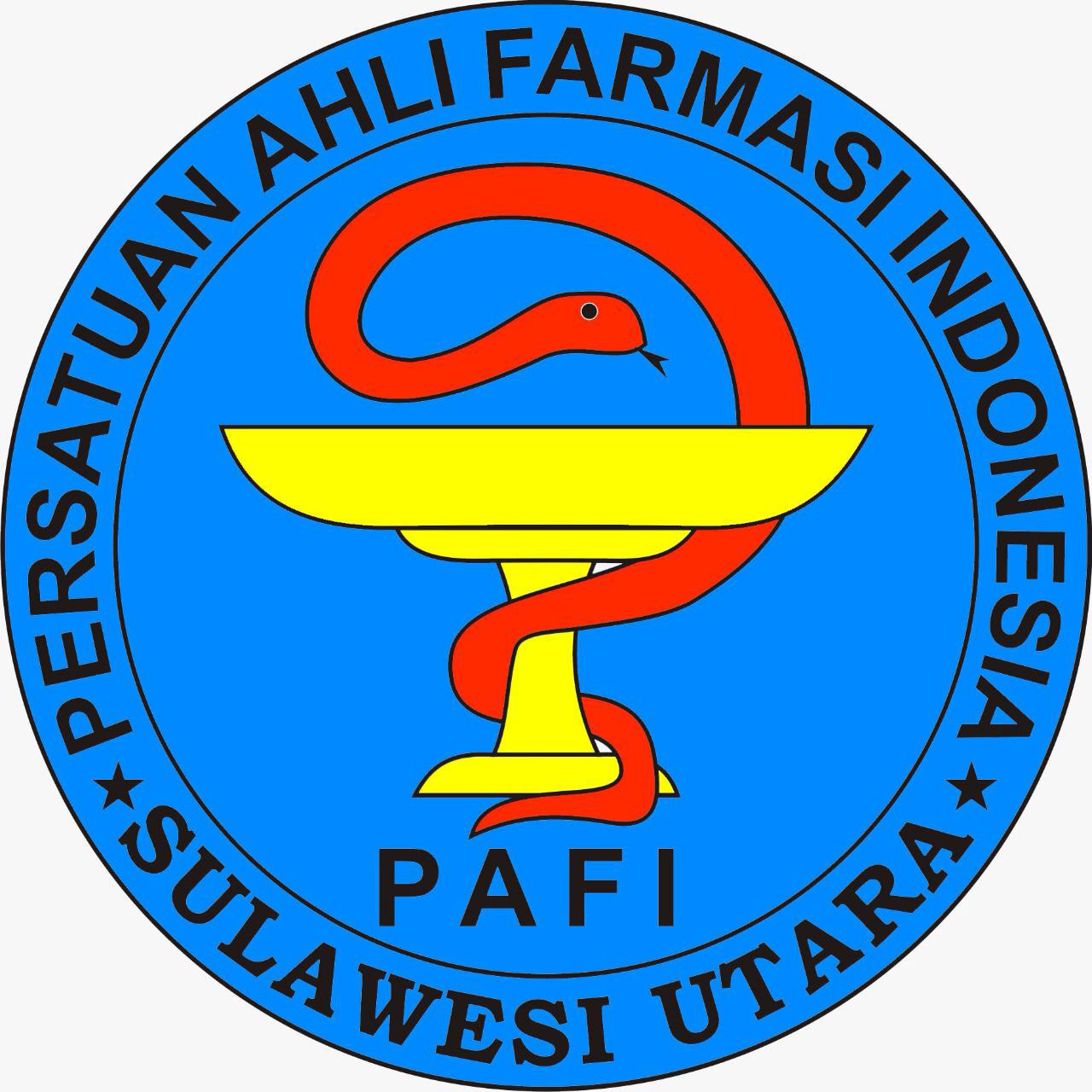TINJAUAN PENGGUNAAN DAN POTENSI INTERAKSI OBAT ANTIKEJANG DENGAN OBAT LAIN PADA PASIEN STROKE PERDARAHAN RAWAT INAP RSUP PROF. DR. R. D. KANDOU MANADO
Abstract
ABSTRACK
Hemorrhagic stroke is a stroke caused by intra-cerebral hemorrhage or subarachniod hemorrhage due to rupture of cerebral blood vessels in certain areas so that blood fills the brain tissue. Seizures are the most common neurological problem in stroke patients. The occurrence of seizures due to stroke is believed to be the presence of lesions in the brain during a stroke and the formation of scar tissue. This study discusses the use of anti-seizures and the potential of anti-seizure interactions of hemorrhagic stroke patients in inpatient at RSUP Prof. Dr. R. D. Kandou Manado. This study is involved retrospective data on 30 medical records of stroke patients with Hemorrhage in inpatients that met the inclusion criteria. Phenytoin as many as 23 (76,67%), phenytoin combined with Diazepam can occur as many as 4 (13,33%) and Diazepam by 3 (10%). Drug interactions, phenytoin combined with nicardipine which occurs as many as 2 (40%) interactions occur, phenytoin combined with Diazepam can occur as many as 3 (60%) interactions occur. Based on interactions, pharmacokinetic interactions were 5 (100%) occurrences.
Keywords: Hemorrhagic Stroke, anti-seizures, drug interactions
ABSTRAK
Stroke hemoragik adalah stroke yang disebabkan oleh perdarahan intraserebral atau perdarahan subaraknoid akibat pecahnya pembuluh darah otak di daerah tertentu sehingga darah mengisi jaringan otak. Kejang adalah masalah neurologis yang paling umum pada pasien stroke. Terjadinya kejang akibat stroke dipercayai adanya lesi di otak selama stroke dan pembentukan jaringan parut. Penelitian ini membahas penggunaan anti-kejang dan potensi interaksi anti-kejang pasien stroke hemoragik di rawat inap di RSUP Prof. Dr. R. D. Kandou Manado. Penelitian ini melibatkan data retrospektif pada 30 catatan medis pasien stroke dengan Perdarahan pada pasien rawat inap yang memenuhi kriteria inklusi. Fenitoin sebesar 23 (76,67%), Fenitoin dikombinasikan dengan Diazepam sebesar 4 (13,33%)., dan Diazepam sebesar 3 (10%). Interaksi obat, fenitoin yang dikombinasikan dengan nicardipine yang terjadi sebanyak 2 (40%) interaksi terjadi, fenitoin yang dikombinasikan dengan Diazepam dapat terjadi sebanyak 3 (60%) interaksi terjadi. Berdasarkan interaksi, interaksi farmakokinetik adalah 5 (100%) kejadian.
Kata kunci: Stroke Hemoragik, anti-kejang, interaksi obat
Full Text:
PDFDOI: https://doi.org/10.35799/pha.9.2020.29277
Refbacks
- There are currently no refbacks.
Copyright (c) 2020 PHARMACON

This work is licensed under a Creative Commons Attribution-NonCommercial 4.0 International License.
 | Publisher : |  | Cooperation With : |

This work is licensed under a Creative Commons Attribution-NonCommercial 4.0 International License.








